Me in my studio: Semi Precious
Guy Baron shows us his creative space
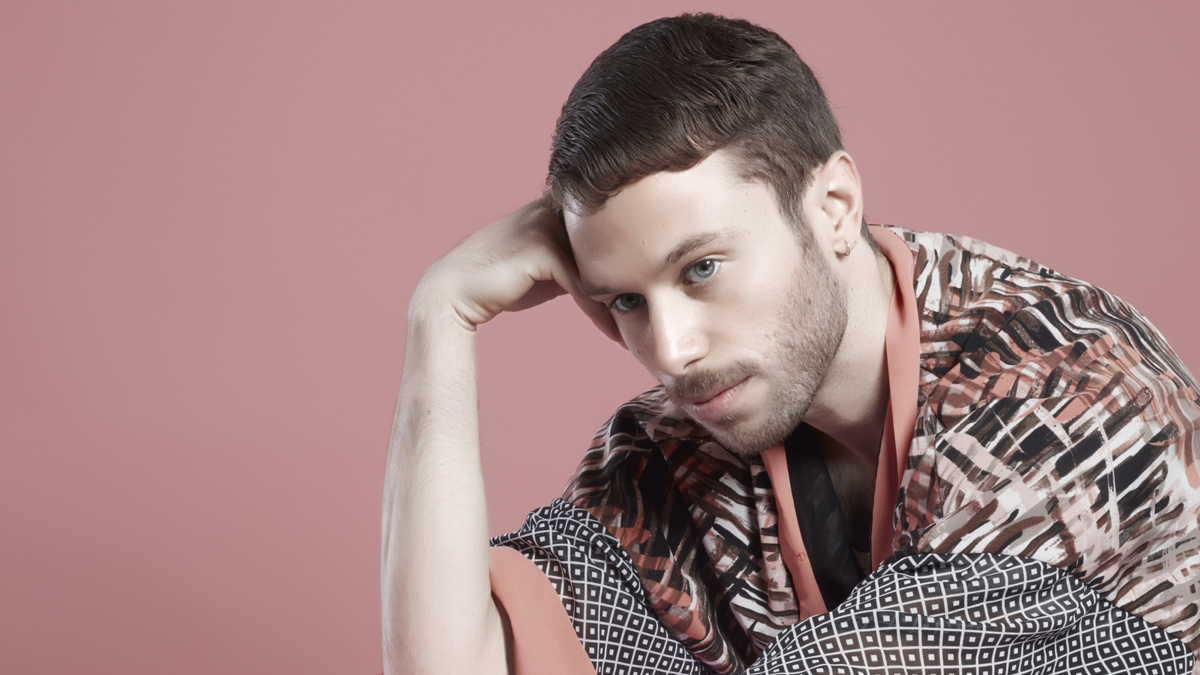
Welcome
With a monicker like Semi Precious, and a debut album that goes by the name of Ultimate Lounge, you might expect South-East Londoner Guy Baron’s music to be of the chilled and laid back variety.
In fact, it’s far from easy listening - although this is a genre that Baron has mined for samples - and is designed to challenge more than soothe.
We asked Guy to show us his studio, and to explain how the Semi Precious sound is formed.
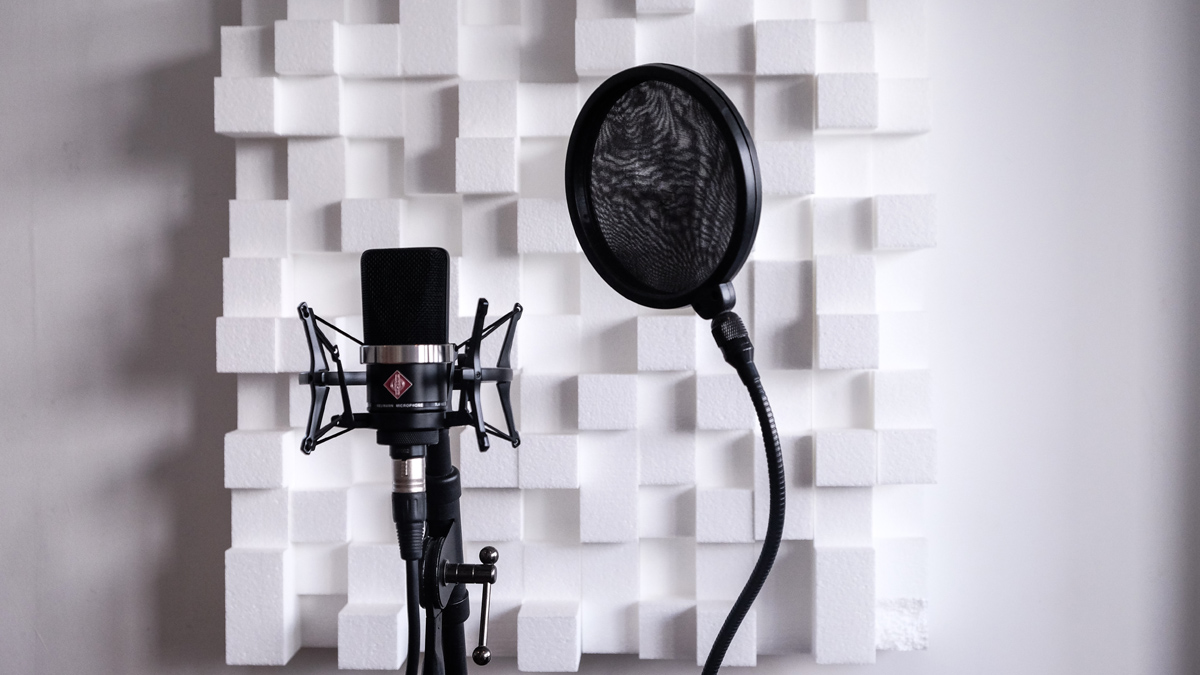
Microphone
“My recording setup (like my music) is fairly minimalist, and consists of a MacBook, an audio interface, two monitors and a few condenser mics (currently using a Neumann TLM 102).
“I usually don’t record any real instruments apart from my own voice and for the most post I use samples, so the process is quite software-based. I like working with certain limitations and I tend to get a bit lost when I have too many options to choose from.”
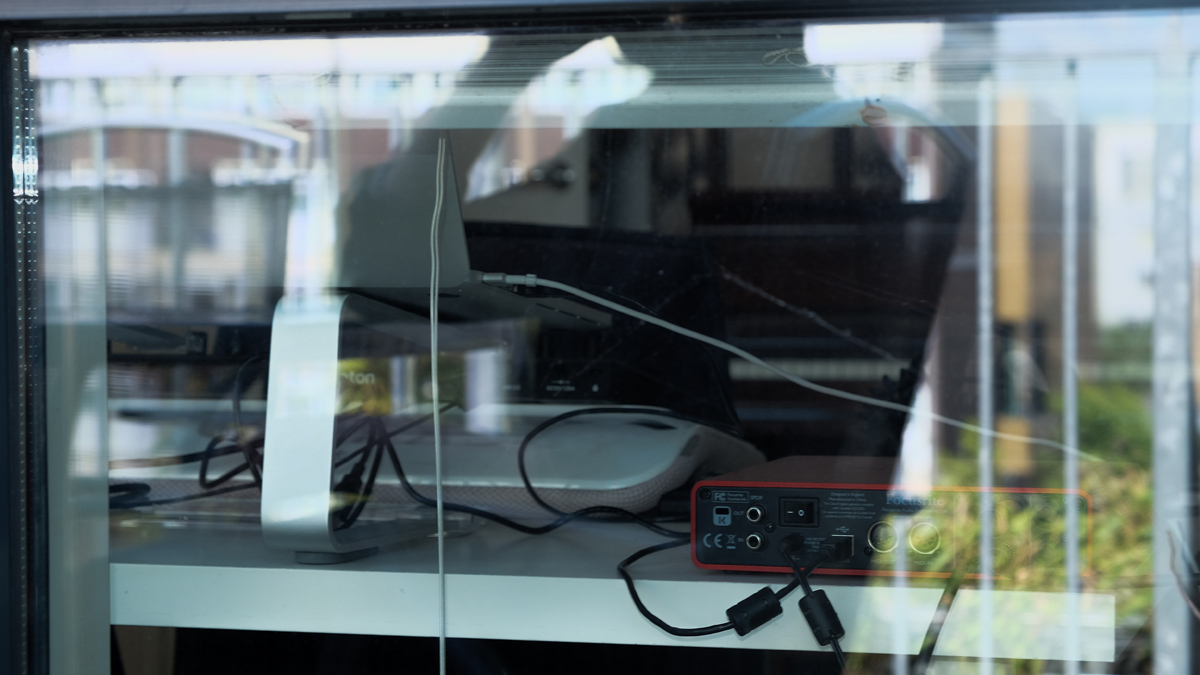
Fish tank
“I record at home and I’m rather conscious about my working environment. In a way I feel that, for me, the actual space and its energy are as important as the recording gear itself, if not more.
“My studio is basically like a big fish tank - it has large windows and there’s a lot of natural light coming in, which keeps me sane when I spend a lot of time there.”
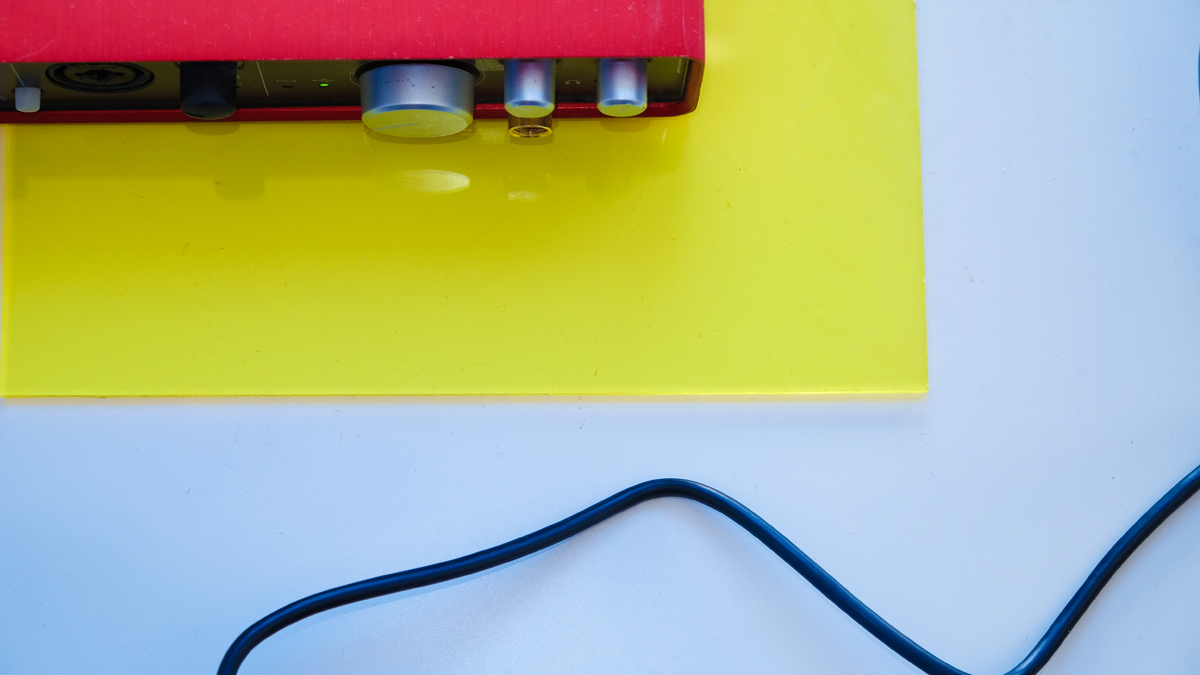
Workflow
“I use Ableton Live for most of my projects, but in a way that’s quite different to how most people would use it. I mostly use the software as a sequencer and quite often I don’t even use the grid, so the audio samples/loops are stitched together in quite a floppy, rough-round-the-edges way.
“I also usually have very few channels in each project - I prefer working with big chunks of audio and sculpting them rather than having a lot of different, layered elements.”
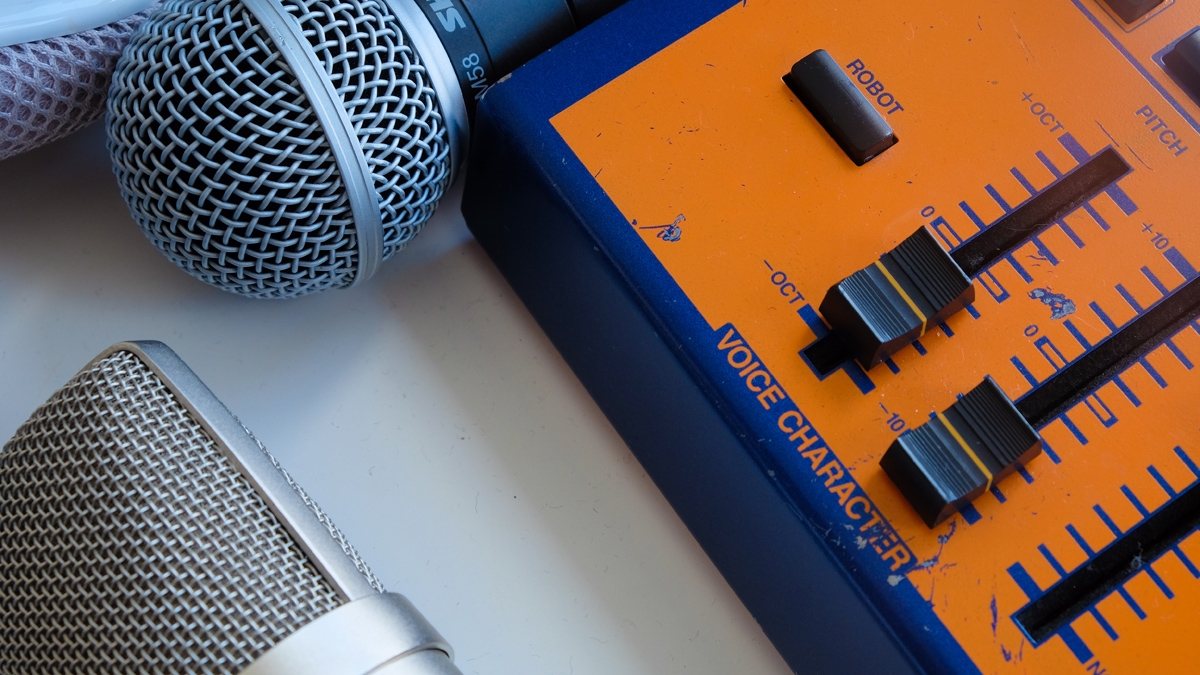
Boss Voice Transformer VT-1
“I really like performing, but I try to steer away from using the laptop on stage. About two years ago I bought this second-hand, Roland-Boss vocal effects box and I’ve pretty much used it in every gig I’ve had since then. It allows you to change your voice’s pitch and timbre and to create different harmonies and reverb settings, and I’m also just in love with how it looks.
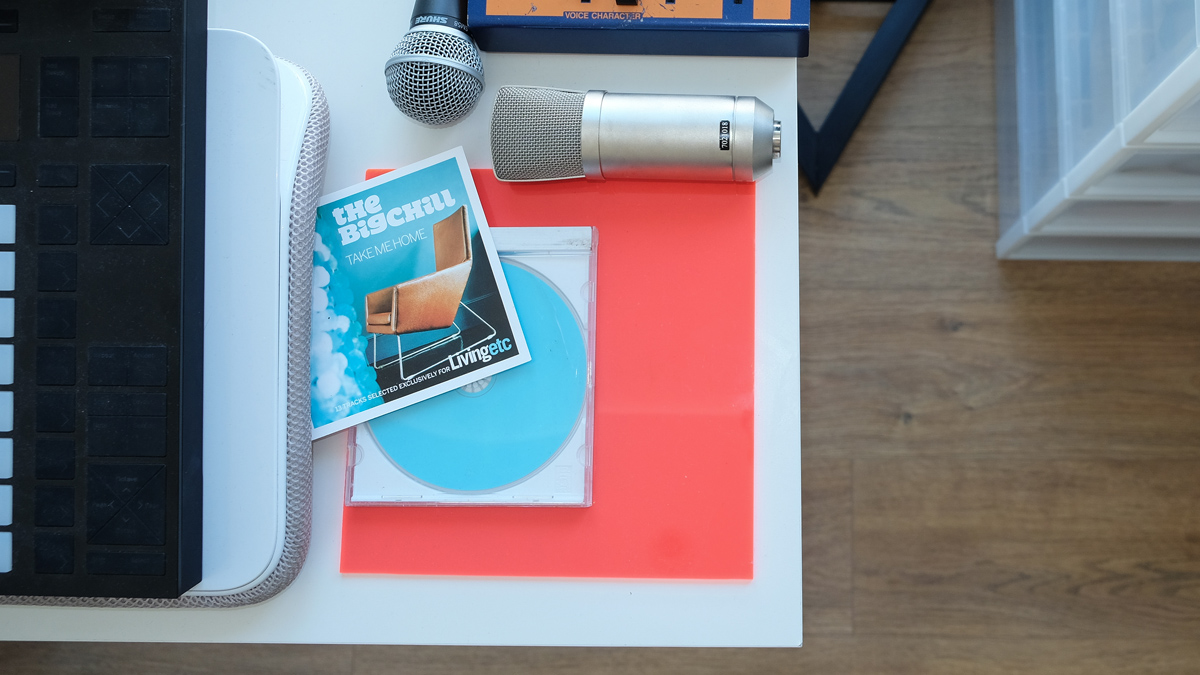
Sample sources
“In my recently-released, debut album I’ve experimented with fragmented samples of easy-listening/lounge music, and so I did quite a lot of sample-digging in various chillout CDs from the ‘90s. They all look and sound quite similar, but for whatever reason I have a soft spot for these generic, lifestyle-themed complications.”
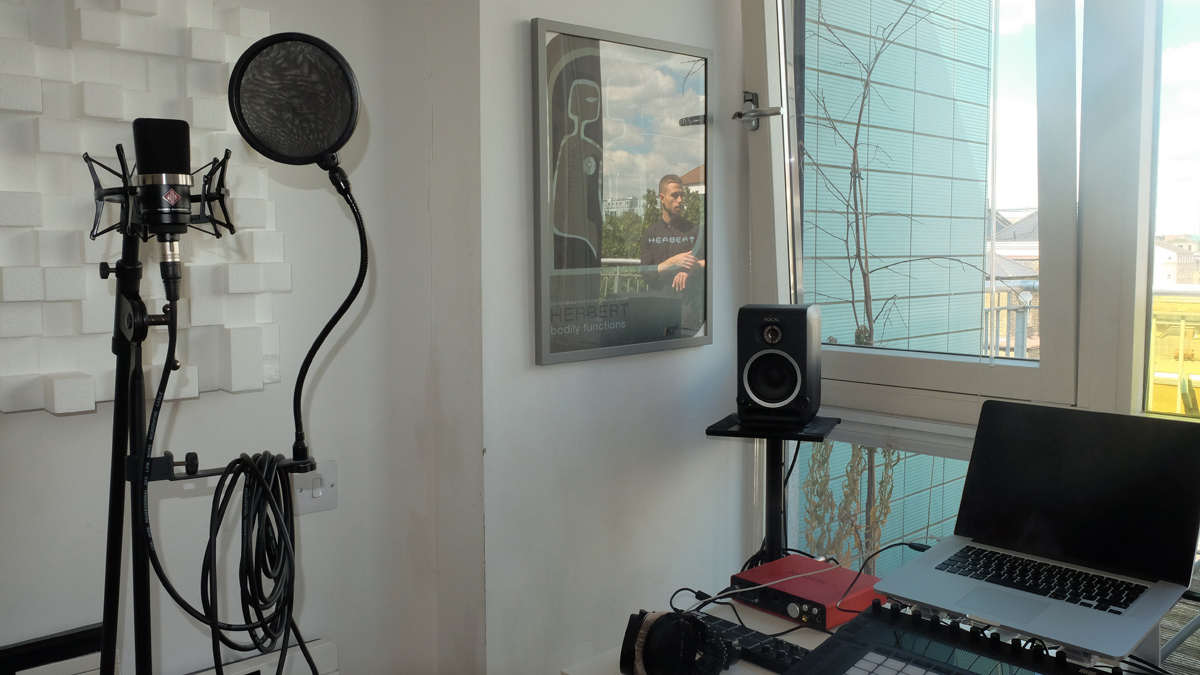
Bodily Functions
“I have a poster of Herbert’s Bodily Functions album, which I’ve taken with me to every place I moved to ever since I was 15. For me this album is like a creative compass - every time I feel uninspired I’ll go back to it and something will suddenly click into place. It’s actually amazing how contemporary and relevant it still sounds, 15 years after it was released.”
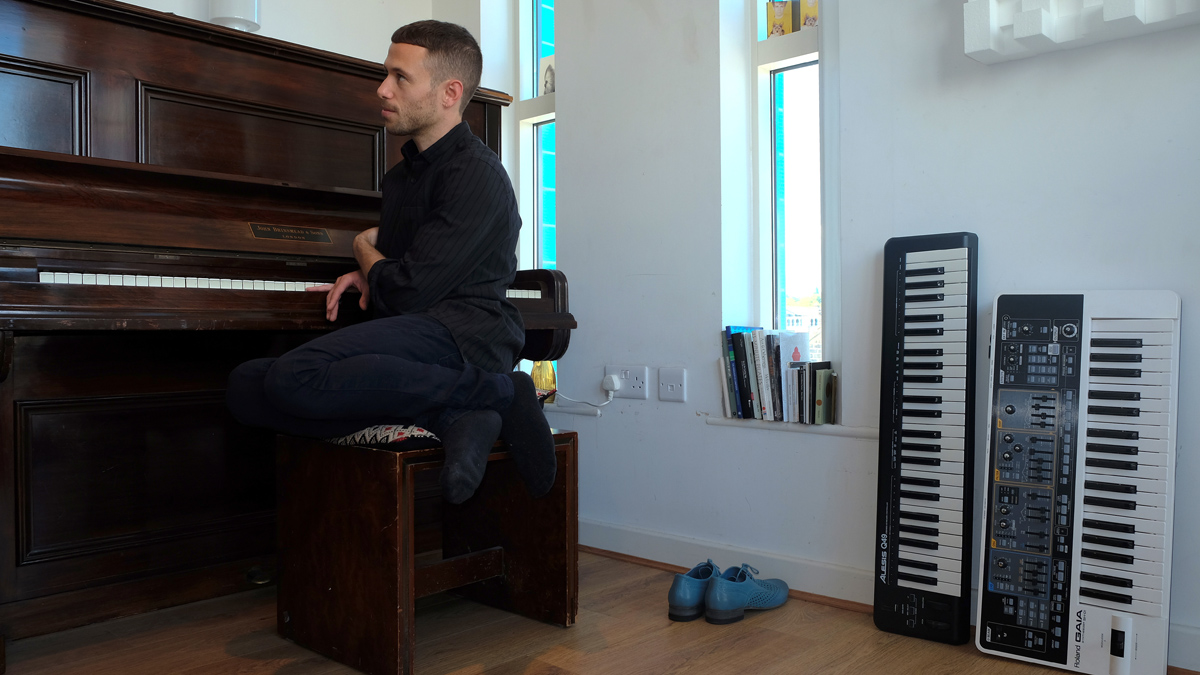
Acoustic piano
“I’m by no means an instrumental player, but recently (and after using my mousepad for programming and editing for so long), I’ve started missing the physicality of playing an instrument. I have a synth and some MIDI controllers, but they are often left untouched.
“However, I recently got a piano (for free!) and it’s been quite fun to try and play my own, heavy-on-samples tracks on it. There’s something quite exciting about this ‘reverse-process’ of taking programmed and looped tracks and recreating them in a somewhat more organic way.”

I’m the Deputy Editor of MusicRadar, having worked on the site since its launch in 2007. I previously spent eight years working on our sister magazine, Computer Music. I’ve been playing the piano, gigging in bands and failing to finish tracks at home for more than 30 years, 24 of which I’ve also spent writing about music and the ever-changing technology used to make it.